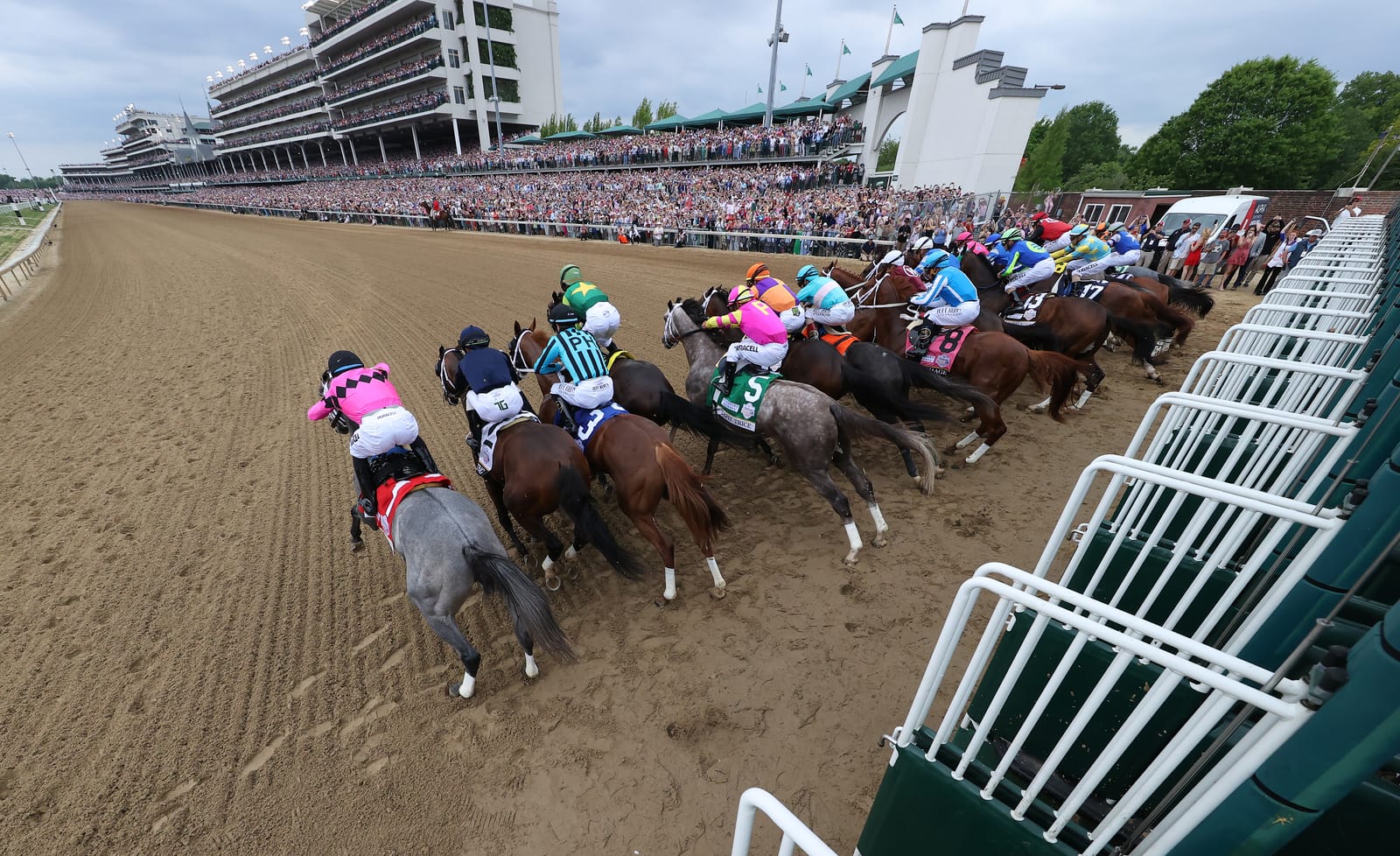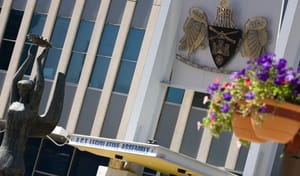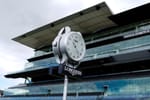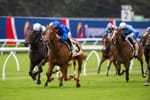
With the apparent impasse over The Pattern resolved between the two major racing states, it is feasible that as many as 80 Group 1 races could be run in Australia next racing season.
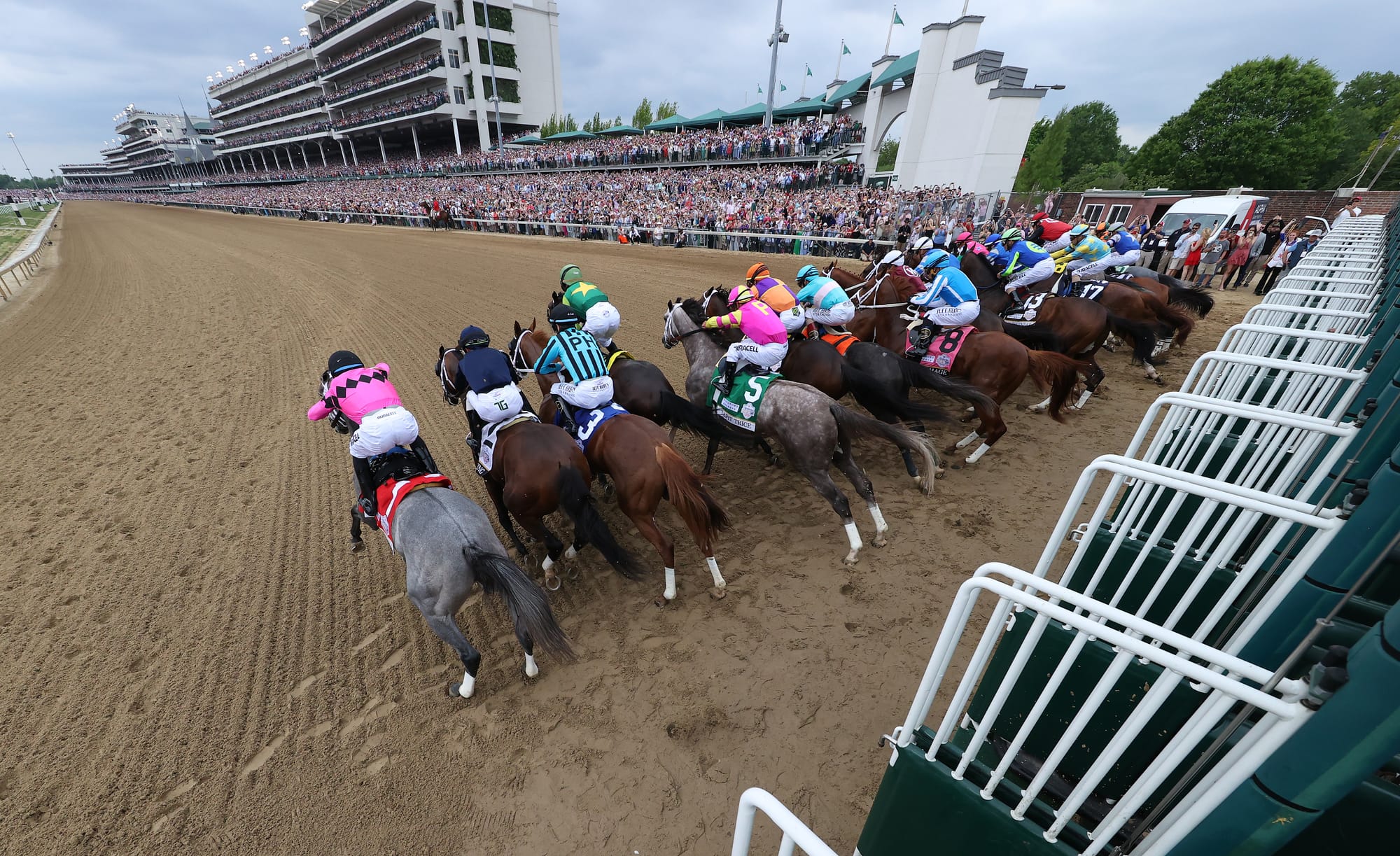
The process over The Pattern has been a political mess in Australia for a long time and has resulted in it sitting in stasis since 2018, with 74 Group 1 races, and just over 600 black-type races in total.
It is understood that a new ratings-first system will see not only The Everest and the All-Star Mile upgraded, but races such as The Shorts, the Golden Eagle, the Premiere Stakes and the Russell Balding Stakes. If that is the case, then Australia will have 80 Group 1 races.
If that is the case, NSW will host 34 Group 1 races annually, eclipsing Victoria on 31, with Queensland on eight, South Australia four and WA three. The ATC would host more premier races than any other race club in the world.
There is a strong argument that Australia already has too much Group 1 racing, but how does it compare globally?
The United States leads the way with the most elite races, with 108 Grade 1 events in total across 2024, Australia is second with 74, then Argentina with 40 and Great Britain with 36.
The United States holds the most thoroughbred races globally each year, 31,746 in 2023, while Australia is second with 19,462 (in 2022/23). Japan is third, with 17,063 across JRA and NAR, while Great Britain ran 10,019 in 2023 across flat and jumps racing (5366 on flat).
Comprehensive global figures across all jurisdictions has not been updated since 2019, but basing on that data collected across 50 different countries, the United States hosts just over a quarter of all flat races staged in the world each year, while Australia hosts just short of 14 per cent.
Those numbers are important when considering the number of elite races staged in these countries.
Of the around 460 internationally recognised Group/Grade 1 races held globally each year, the United States hosts 108, or 23.5 per cent, comparable to the numbers above. Australia hosts 16.1 per cent, slightly higher than its overall representation of global flat races.
Japan, with 26 Group 1 races, does seem underrepresented when you consider it stages 11.8 per cent of races and only 5.7 per cent of Group 1 races. However, it is worth considering their racing structure is different, between the JRA and the local government-controlled NAR, which makes up 80 per cent of racing.
If you take the JRA as its own jurisdiction, it holds 3456 races each year, so approximately 2.5 per cent of global horse racing, and stages, as mentioned, 5.7 per cent of the world’s elite races.
Hong Kong is another special case, given it imports its entire horse population. It stages only 831 races each year, so 0.6 per cent, and hosts 12 Group 1s, so 2.6 per cent of the global total.
Great Britain hosts less than four per cent of global flat races each year and 7.8 per cent of Group 1 races, while Argentina, on the most recently available figures, hosts 8.7 per cent of the elite races, and only four per cent of races overall.
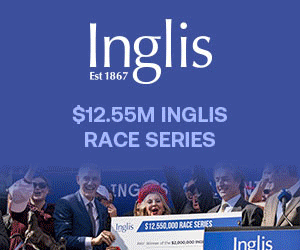
The other measure is to compare the percentage of Group/Grade 1 races in each jurisdiction to the number of races staged in those jurisdictions annually.
Hong Kong tops that list with 12 from 831, so 1.4 per cent, but as mentioned, is a different case.
Of those jurisdictions which produce their own horses, Ireland ranks highest, staging 1373 flat races in 2023, with 13 of those Group 1 races. That means 0.95 per cent of all races are Group 1s. South Africa is closely behind, with 30 races staged as Grade 1s, out of 3069 races, a ratio of 0.94 per cent.
New Zealand staged 2342 flat races in 2022/23, and 21 of those, or 0.9 per cent, were Group 1 races. Brazil (0.84 per cent as of 2019) and Argentina (0.75 per cent) also have high ratios.
In comparison, Australia’s ratio of Group 1 races to overall flat races is 0.38 per cent (it would rise to 0.41 per cent if it jumped to 80). The United States’ ratio is 0.34 per cent.
Japan’s overall ratio is just 0.16 per cent of total JRA/NAR races. However, that ratio jumps to 0.75 per cent if you just consider the JRA.
Group 1/Grade 1 races around the world (selected countries):
So, it would appear on that data that Australia does not have an overrepresentation of Group 1 races. The question is, does it have a disconnect when it comes to its ‘stakes’ race pyramid, which in theory should provide twice as many Group 2 races as Group 1, and so on for Group 3?
Currently in Australia, each season there are 74 Group 1s, 94 Group 2s, 165 Group 3 and 272 Listed/Restricted Listed races. That makes up 605 in total, 333 at Group level.
Comparison between Group and Graded races (as opposed to Listed, etc) is the most consistent measure across countries.
In the United States there are 443 graded races, 108 Grade 1s, 136 Group 2s and 199 Group 3s.
In that way, the American pyramid is even more lopsided, with 24.4 per cent of all Graded races Group 1s, 30.7 per cent Group 2s and 44.9 per cent Group 3s. In Australia, those ratios are 22.2 per cent for Group 1s, 28.2 per cent for Group 2s, and 49.6 per cent for Group 3s.
In Great Britain, 22.9 per cent of its 157 group races are run at Group 1 level, 31.2 per cent at Group 2 and 45.9 per cent at Group 3. In Japan, where there are 129 Group races on the flat, 50.3 per cent are Groups 3s, 29.5 per cent Group 2s and 20.2 per cent Group 1s.
Makeup of total Group/Graded races (selected countries)


